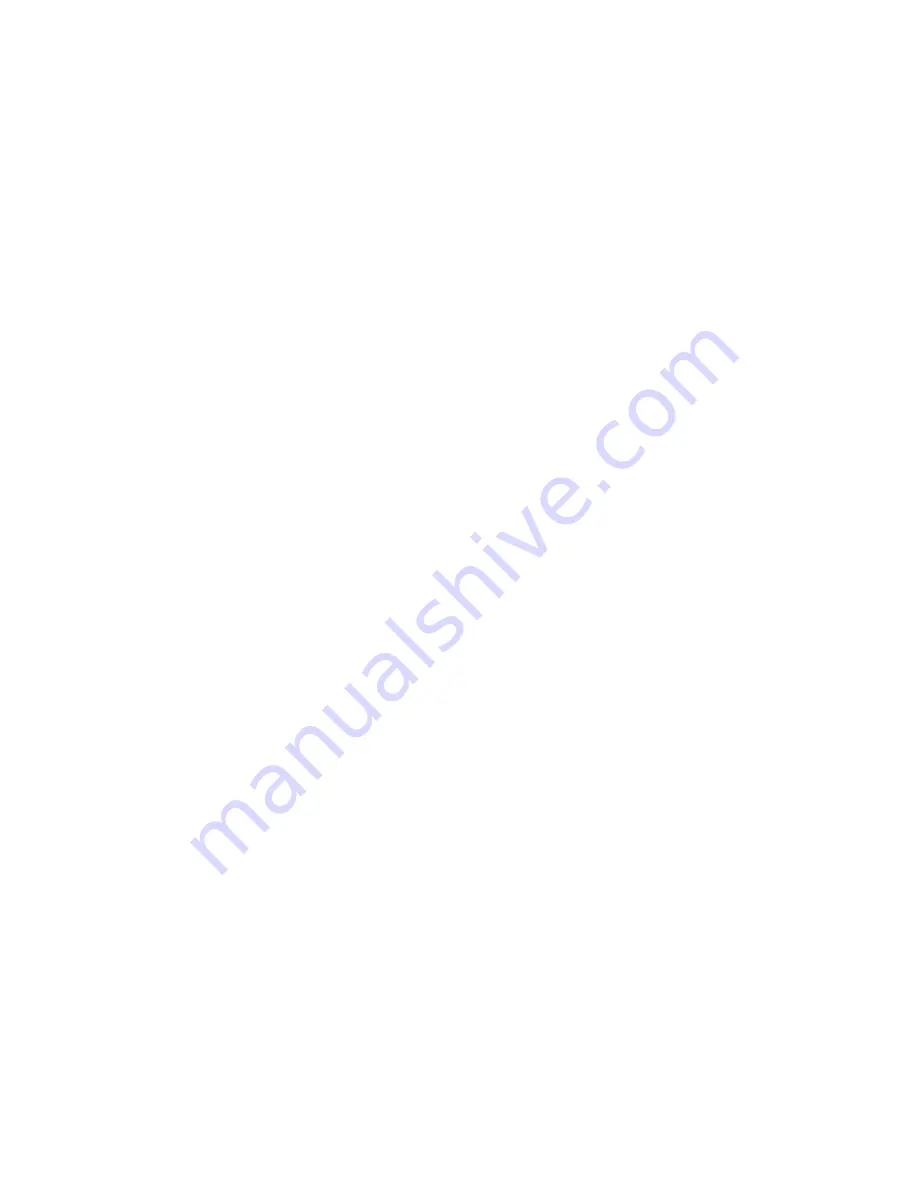
GRAUPNER GmbH & Co. KG D-73230 KIRCHHEIM/TECK GERMANY
Änderungen vorbehalten! Keine Haftung für Druckfehler 02/2007
46
Press the rubber grommets and the brass tubular spacers into the servo mounting lugs, as shown in
the photo. Fix them in the servo mount after drilling 1.5 mm Ø pilot-holes for the screws.
The elevator, servo and throttle servos should be installed in the mounting plate as shown in the
following photos.
Attach the swivel pushrod connector to the output arm of the throttle servo, and tighten the nut just to
the point where the connector rotates smoothly, but without slop. Apply a drop of UHU
schraubensicher (thread-lock fluid) to the nut to prevent it working loose. Drill out the linkage holes in
the output arms of the rudder and elevator servos to 1.8 mm Ø.
With the control surfaces and servos at centre, mark the point where the pushrods cross the servo
output arms. Bend the pushrods at right-angles at the marked point, and cut off excess rod material so
that they project by about 1.5 mm beyond the pushrod retainers.
Fit the retainer clips and push them onto the pushrods from the side.
Assembling and installing the fueltank
Cut a piece of silicone fuel tubing and push it onto the fueltank clunk weight. Push the free end of the
fuel tubing onto one of the tubes in the fueltank stopper, and check that the clunk pick-up will be able
to move freely inside the tank
without
binding or jamming when the stopper is in place. Use a heat-
gun or a match to heat the projecting plastic tubes slightly; this will soften them, so that they can be
curved to the shape shown in the illustration. Check that one pipe points down (filler line) and one up
(vent line; this is the overflow when you are filling the tank).
Push the stopper into the tank and tighten the cross-point clamping screw. Ensure that the screw is
tight enough to seal the fueltank completely. You can check this by holding the tank under water: blow
into the tubes and watch carefully: if bubbles rise, there is a leak which must be sealed.
Cut three pieces of silicone fuel tubing and push them onto the tubes where they exit the fueltank.
Mark the fuel lines using a felt-tip pen or coloured tape to indicate which is the fuel feed, the overflow
and the filler.
Fit the tank in the fuselage through the main opening, and thread the fuel tubes through the hole in the
nose bulkhead.
Glue the cross-piece behind the fueltank so that it cannot shift aft in flight.
If you wish to install a petrol engine, the tank stopper must be replaced with a petrol-proof version, e.g.
Order No. 133. For the same reason petrol-proof fuel tubing, e.g. Order No. 1325.2, must be fitted to
replace the silicone fuel tubing.
Installing the engine
The photos show the installation of an OS MAX FS 120, but the procedure is essentially the same for
any other OS MAX motor.
Place the engine on the two-part plastic motor mount; the distance between the front face of the
propeller driver and the rear face of the brackets should be about 140 mm.
The next step is to screw the motor mount to the nose bulkhead, using the marked lines on the
bulkhead as a guide. Rotate the motor mount so that the silencer fits in the recess in the underside of
the fuselage.
You will need to remove the carburettor throttle arm in order to install the throttle pushrod. Connect the
pre-formed end of the throttle pushrod to the outermost hole in the carburettor throttle arm. Drill a 3.5
mm Ø hole at the appropriate point in the nose bulkhead, fit the sleeve and the throttle pushrod
through the hole, then through the second bulkhead and through the cross-hole in the swivel pushrod
connector fitted to the throttle servo output arm. Attach the throttle arm to the carburettor again; it
should lie parallel to the axis of the carburettor when the throttle is half-open.
Set the carburettor barrel to the half-open position. Set the throttle servo to centre from the transmitter,
and tighten the grubscrew in the pushrod connector. Apply a drop of UHU schraubensicher to the
grubscrew to prevent it shaking loose.
You will need to cut various openings in the cowl to clear the silencer, the needle valve, the glowplug
clip etc.; the positions will vary according to the motor you have installed. Drill and file out the holes as




































